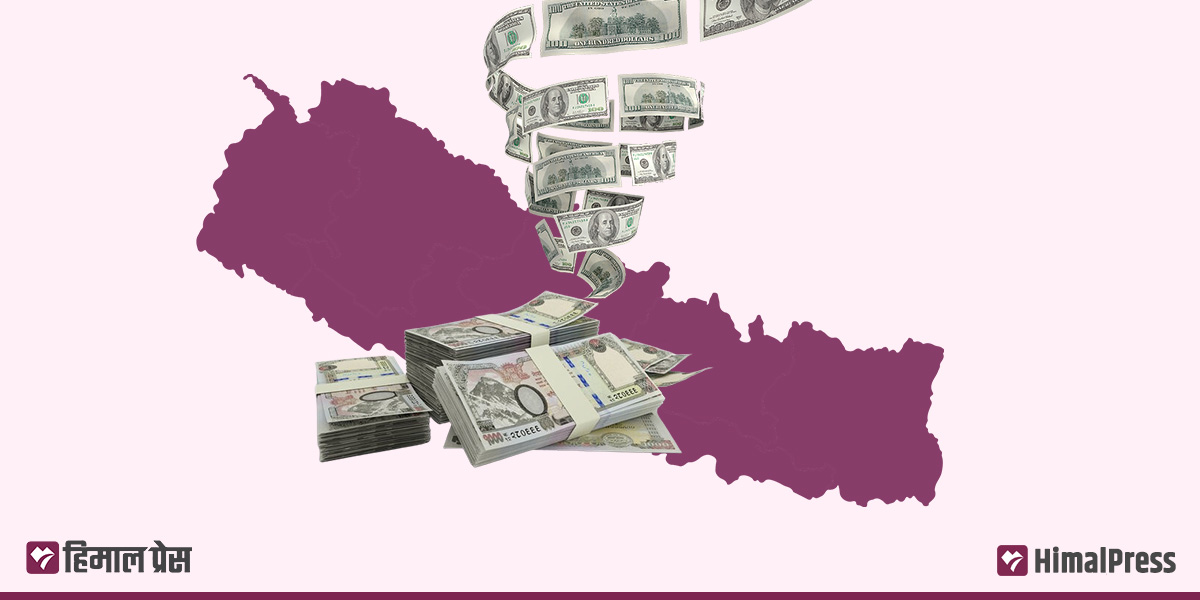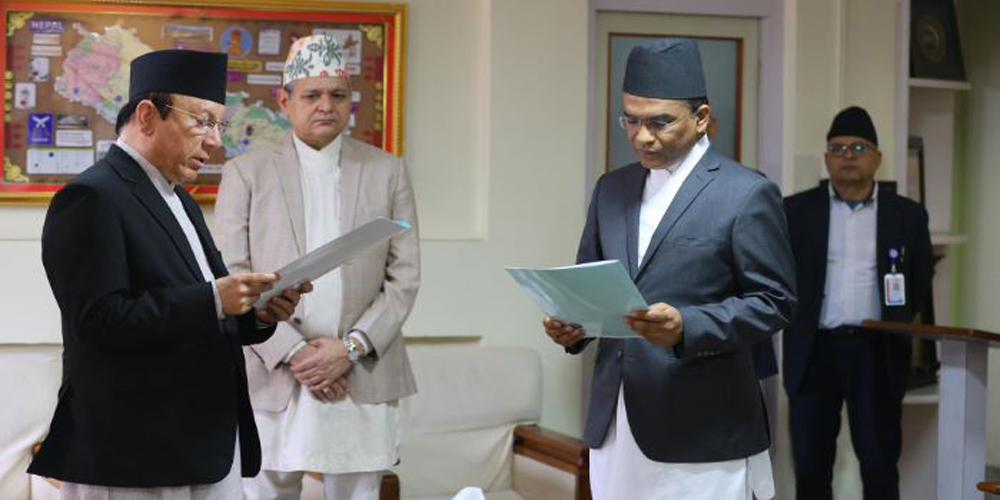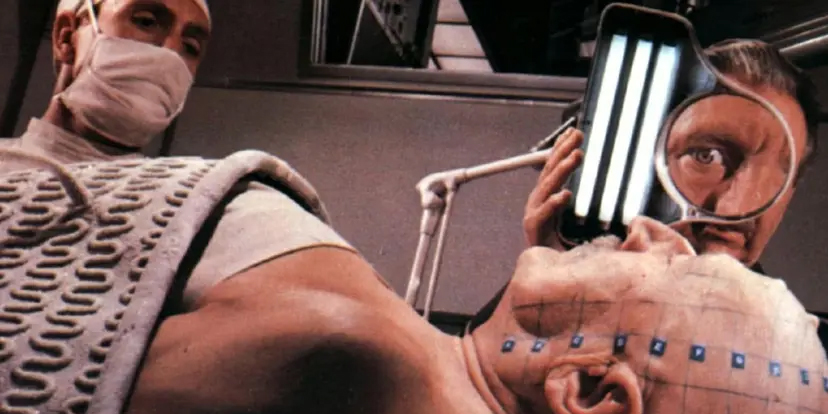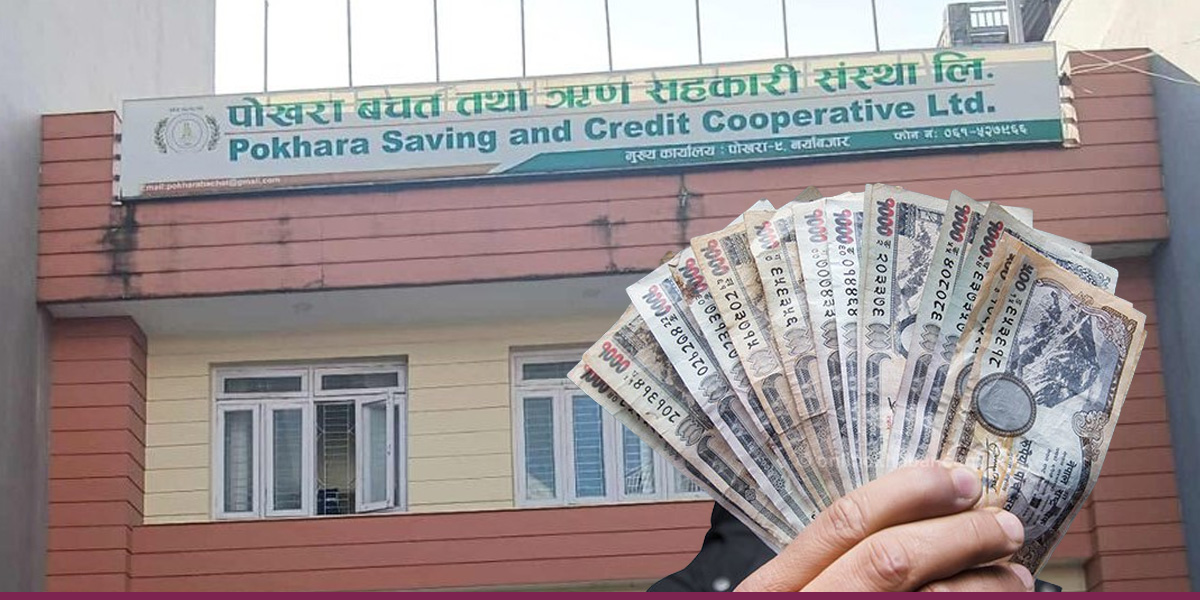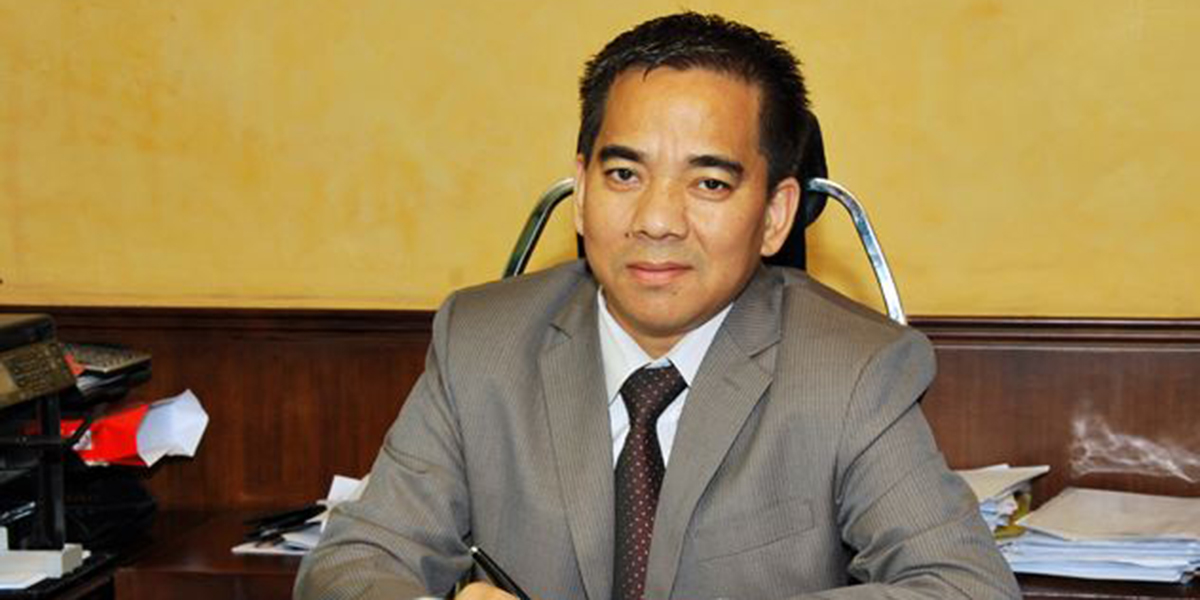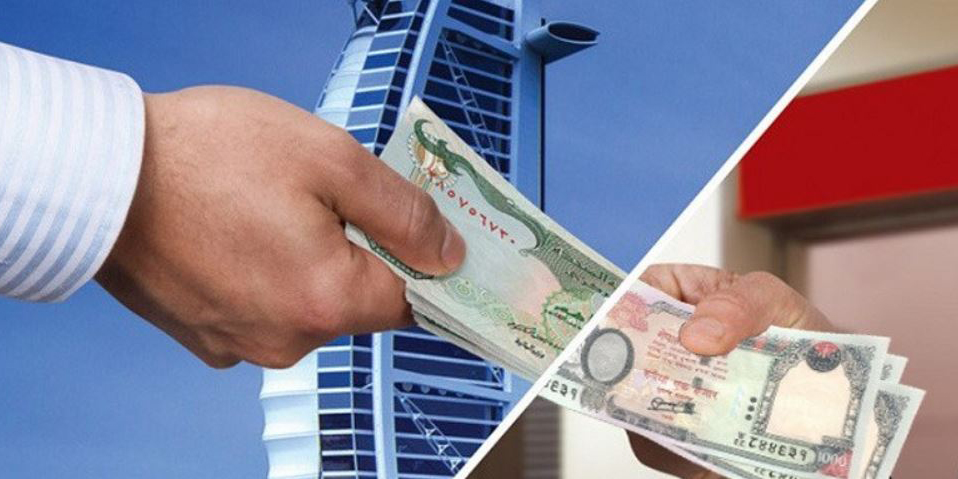
KATHMANDU: The Current Macroeconomic Situation Report of the Nepal Rastra Bank signals a robust economic performance in the first three months of fiscal year 2023/24. The report paints a positive picture of the country’s economic health, driven by substantial increases in remittance inflows, a turnaround in the current account, and a healthy balance of payments surplus.
According to the report released by the central bank on Friday, remittance inflows rose by an impressive 30% to reach Rs 365.34 billion in the review period. This substantial growth surpasses the 16.8% increase recorded in the same period of the previous year, the central bank said in its report.
In US Dollar terms, remittance inflows in the review period increased by 25.9%, totaling 2.76 billion, compared to a 7.9% increase in the corresponding period last year. Remittances have increased despite a drop in the number of migrant workers. In the first quarter of fiscal year 2023/24, 113,397 youths obtained approval for foreign employment, while 49,297 got renewals of their approvals. In the same period of the previous fiscal year, the government had issued 147,932 new approvals and renewed 57,861 approvals.
The report shows that net transfer increased by 30.2%, reaching Rs. 404.04 billion in the review period, compared to a 17.1% increase in the same period of the previous year. The current account also demonstrated a remarkable turnaround, achieving a surplus of Rs 59.09 billion, in contrast to a deficit of Rs 35.24 billion in the corresponding period last year.
The Balance of Payments (BOP) remained in a surplus of Rs. 99.07 billion, a substantial increase from the Rs 12.43 billion surplus recorded in the same period of the previous year, the report shows.
Likewise, gross foreign exchange reserves saw a 6.7% increase, reaching Rs 1,643.09 billion in mid-October 2023, compared to Rs 1,539.36 billion in mid-July 2023.
According to the report, the foreign exchange reserves of the banking sector are sufficient to cover prospective merchandise imports for 12.4 months and merchandise and services imports for 10.3 months. The ratios of reserves-to-GDP, reserves-to-imports, and reserves-to-M2 stood at 30.5%, 85.7%, and 26.0%, respectively, in mid-October 2023.

 Himal Press
Himal Press 